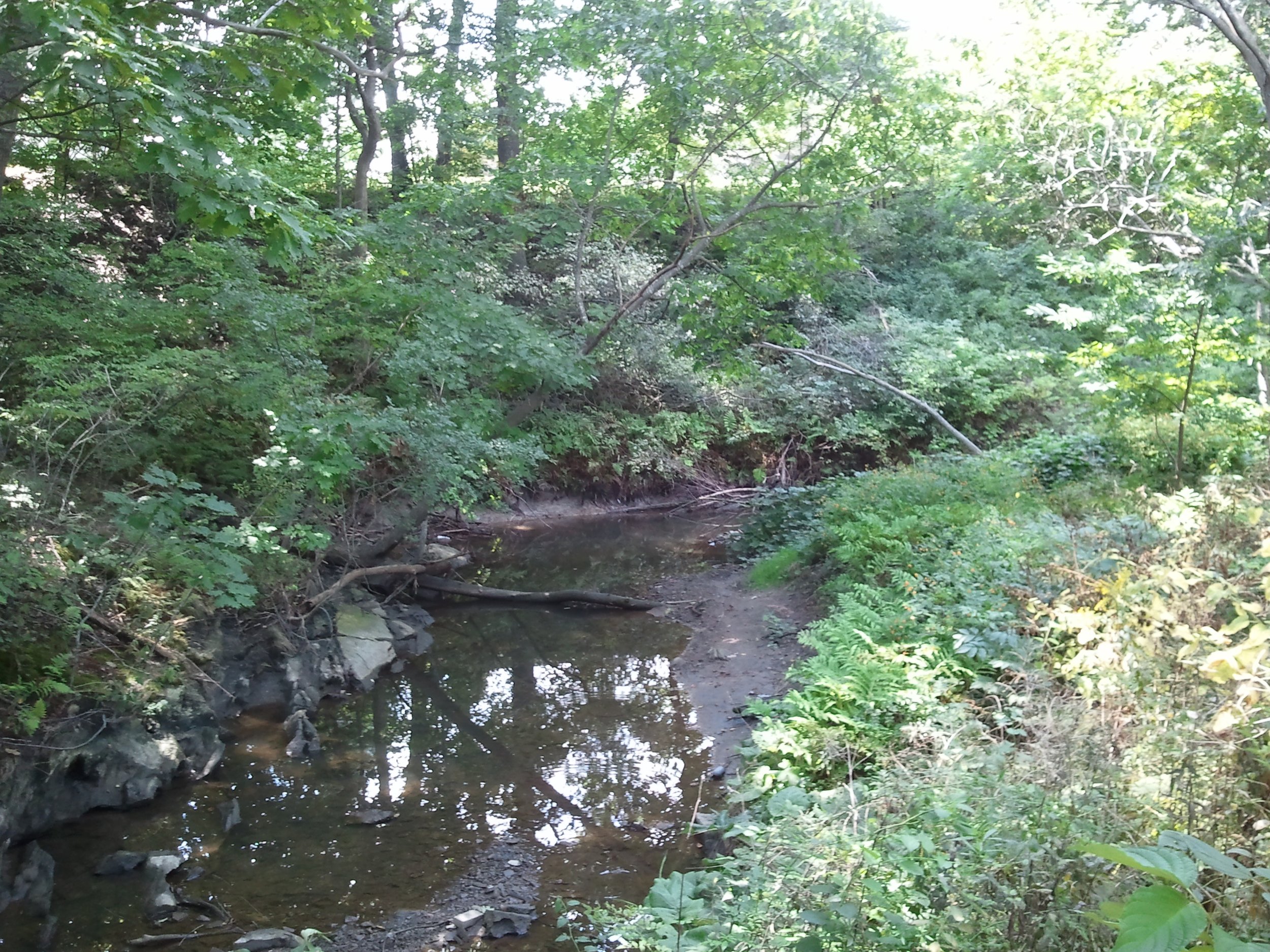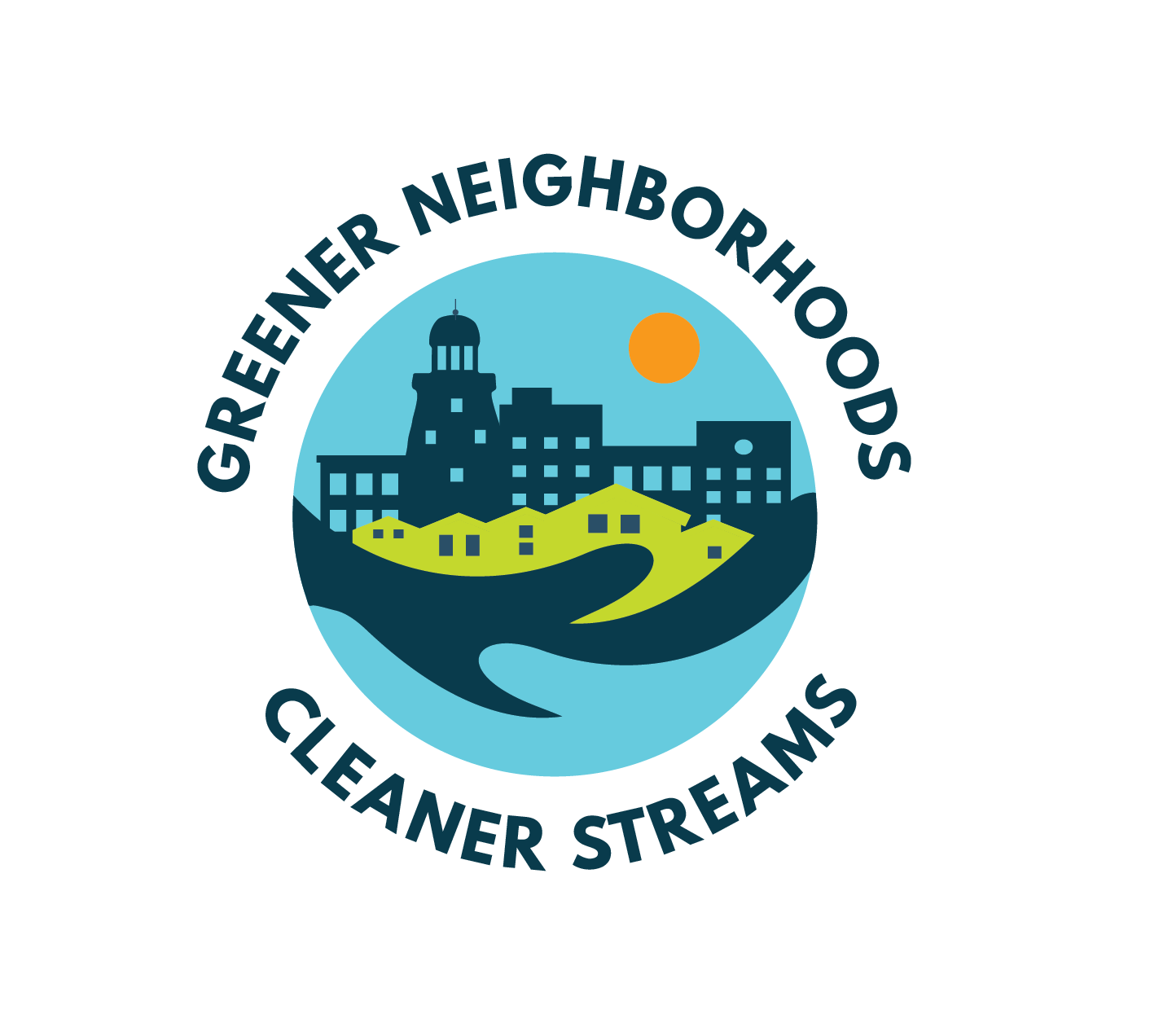
Fall Brook Watershed
Who
Us, our dogs, our yards, and our cars are all potential sources of pollution.
What
Fall Brook isn’t healthy - it doesn’t have enough water entering the brook to support the wildlife and plants that would live there.
Where
Fall Brook is 2.5 miles or 4 kilometers long and flows to Back Cove.
When
Every time it rains or snow and ice melts, the stormwater runoff washes trash, fertilizers, dog waste, soil, car oil, road salt, and other pollutants into storm drains that go right into the brook!
Why
Fall Brook watershed is over 34% developed, that means roads, houses, businesses, schools, parking lots, and other hard surfaces that water can’t soak into, so it has to travel on top of until it can find a storm drain or soft surface like the forest to soak into.
City Actions
The City of Portland is also working in the Fall Brook watershed to improve water quality by:
Sweeping streets
Encouraging redevelopment
Building structured parking and reducing unnecessary parking requirements
Implementing land care ordinances to reduce pesticide and fertilizer applications
Monitoring winter storms, calibrating equipment, and following safe standards to avoid over applying road salt
Did You Know?
Almost half of Fall Brook flows through pipes instead of natural stream banks as a way to manage floods and protect the high amount of development in the watershed.



